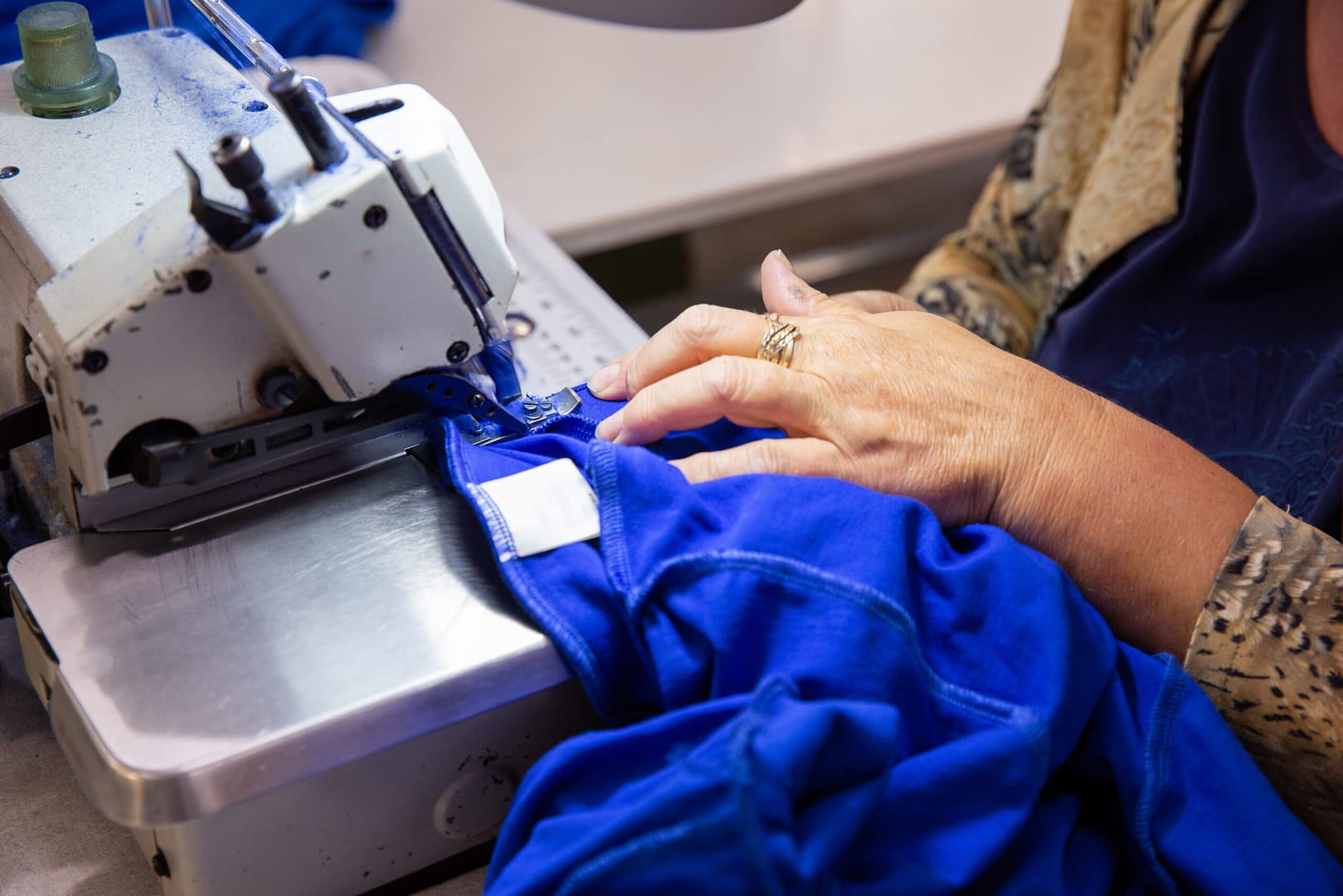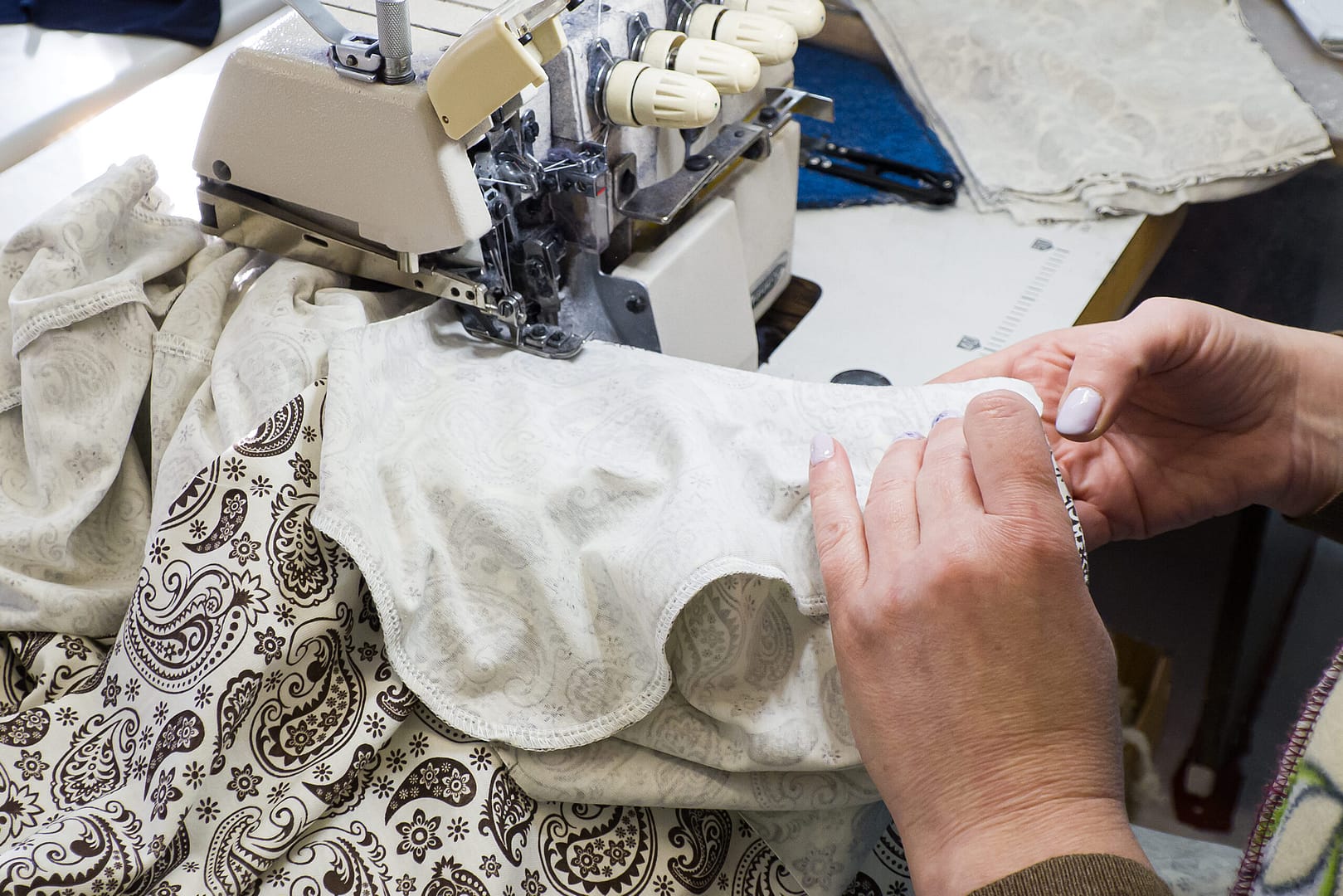| Fabric Name | Slub Fabric |
|---|---|
| Fabric also known as | Textured Fabric |
| Fabric Composition | Typically made from cotton, silk, or synthetic blends |
| Fabric Breathability | High |
| Moisture-wicking Abilities | Moderate |
| Heat Retention Abilities | Low |
| Stretchability (Give) | Low, unless blended with stretch fibers like elastane |
| Prone to Pilling/Bubbling | Low |
| Country Where Fabric Was First Produced | United States |
| Biggest Exporting/Producing Country Today | China |
| Recommended Washing Temperatures | Cool to warm |
| Commonly Used In | Casual wear, home textiles, and fashion accessories |
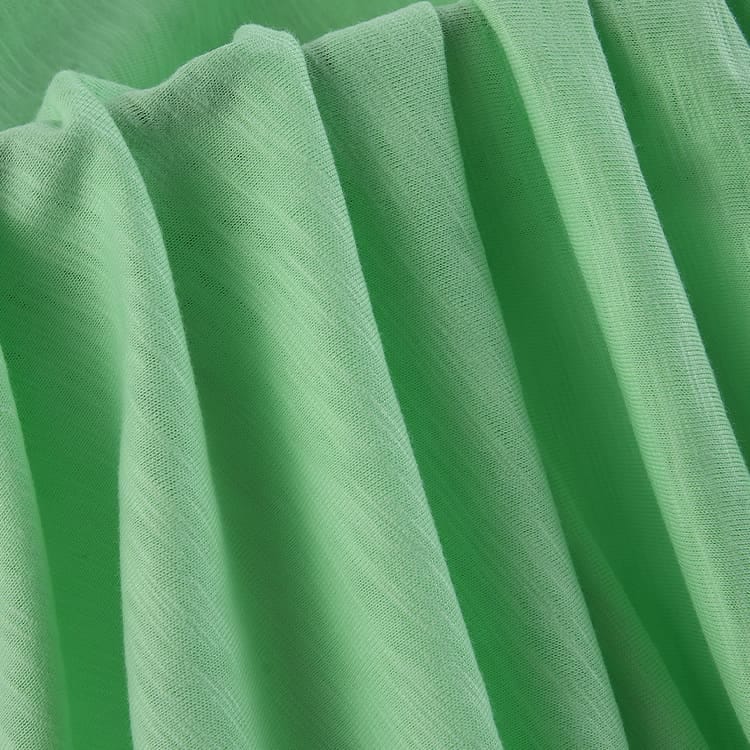
What is Slub Fabric?
Slub fabric is a novel textile that gains its unique character from a special yarn-spinning technique. During yarn production, specific methods like regular slubbing and picking are applied. These techniques create intermittent thicker areas along the yarn, akin to the nodes of a bamboo stalk, which result in the fabric’s textured, knotty appearance.
This intentional creation of irregularities gives slub fabric its distinctive look and feel, making it stand out in the world of textiles. The textured effect not only enhances the visual depth of the fabric but also contributes to its aesthetic appeal, providing a tactile experience that is both unique and pleasing to the touch.
Manufacturing Process of Slub Fabric
The creation of slub fabric is an art that blends traditional textile techniques with modern innovation. The process begins with the production of slub yarns, which are the core component of this unique fabric. Slub yarns are made by varying the twist along the yarn length, intentionally creating thicker and thinner sections. This variation can be achieved through several methods:
- Ring Spinning: The most common method, where the speed of the ring spinner is adjusted to create unevenness in the yarn.
- Rotor Spinning: This method involves intermittent feeding of the fiber into the rotor, creating random slubs.
- Fancy Twisting Machines: These machines are designed to introduce twists at predetermined intervals, allowing for more controlled and uniform slubs.
Once the slub yarn is produced, it’s woven or knitted into fabric. The weaving process must be carefully managed to ensure that the slub effects are correctly placed to maximize their aesthetic appeal and maintain fabric integrity. The unique texture of slub fabric is not just a product of the yarn itself but also of the specific techniques used in the weaving or knitting process.
Finishing processes for slub fabric may include washing, which enhances the texture by softening the fabric and highlighting the slub patterns. This step is crucial as it finalizes the look and feel of the fabric, preparing it for its various applications in fashion and home decor.
Characteristics of Slub Fabric
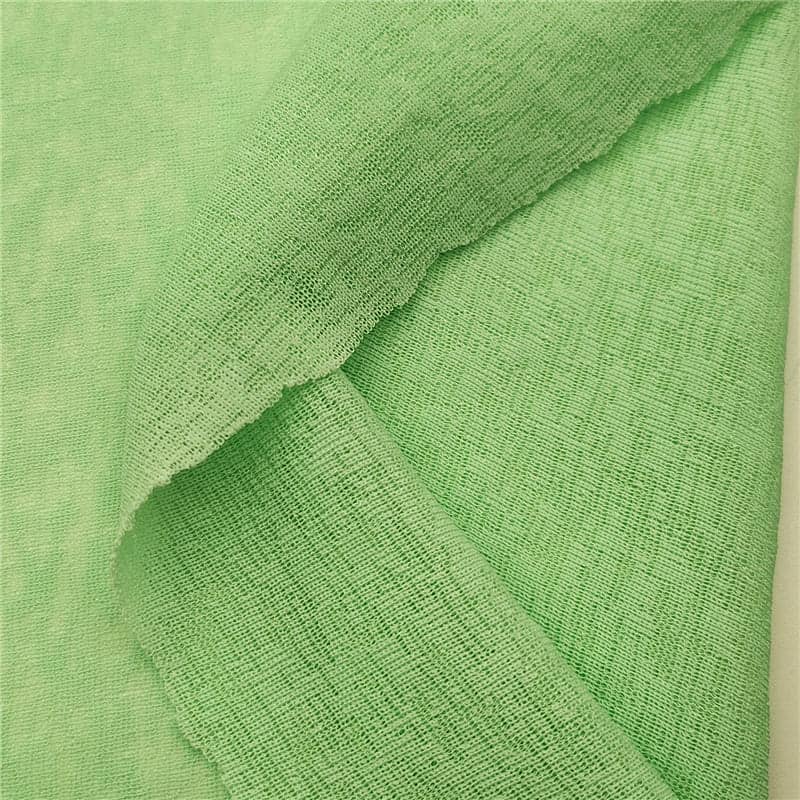
Slub fabric is celebrated for its distinct characteristics that set it apart from more uniform textiles. Here are the key features that define slub fabric:
- Visual Interest: Slub fabric features random, textured thickness throughout, which creates a unique visual appeal. This irregular pattern catches the light differently than smoother fabrics, giving it a dynamic look.
- Tactile Quality: The fabric’s surface is uneven due to the slubs, providing a pleasing tactile experience that enhances the comfort and appeal of garments and decor items.
- Breathability: Slub fabrics, especially those made from natural fibers like cotton, are highly breathable, making them ideal for warm-weather clothing.
- Durability: Despite their irregular appearance, slub fabrics are durable. The knots and twists in the yarns add strength to the fabric, making it suitable for everyday wear.
- Controlled Variability: The size and frequency of slubs can be controlled during the yarn manufacturing process, allowing for a range of patterns from subtle to bold.
- Aesthetic Flexibility: This variability enables designers to use slub fabric in various styles, from casual wear to more refined, elegant pieces.
Combining these characteristics makes slub fabric a versatile choice in the textile industry, beloved for its aesthetic qualities and practical benefits.
Types of Slub Fabric
Cotton Slub
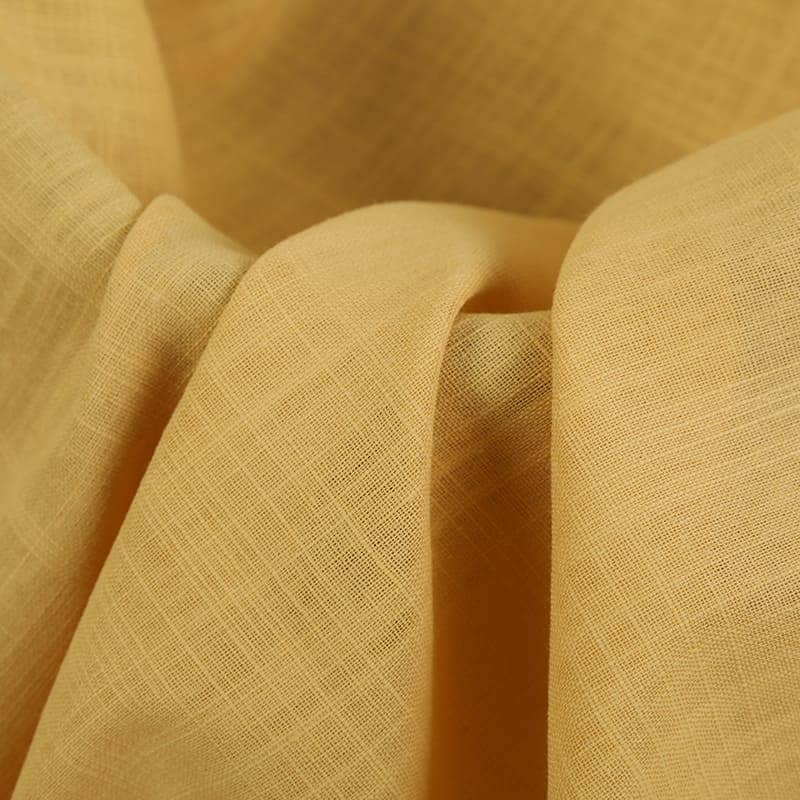
Cotton Slub is celebrated for its softness and breathability, making it a staple in summer wardrobes and casual apparel. This type of slub fabric is frequently chosen for t-shirts, dresses, and lightweight draperies, offering a comfortable feel and a relaxed look.
Silk Slub
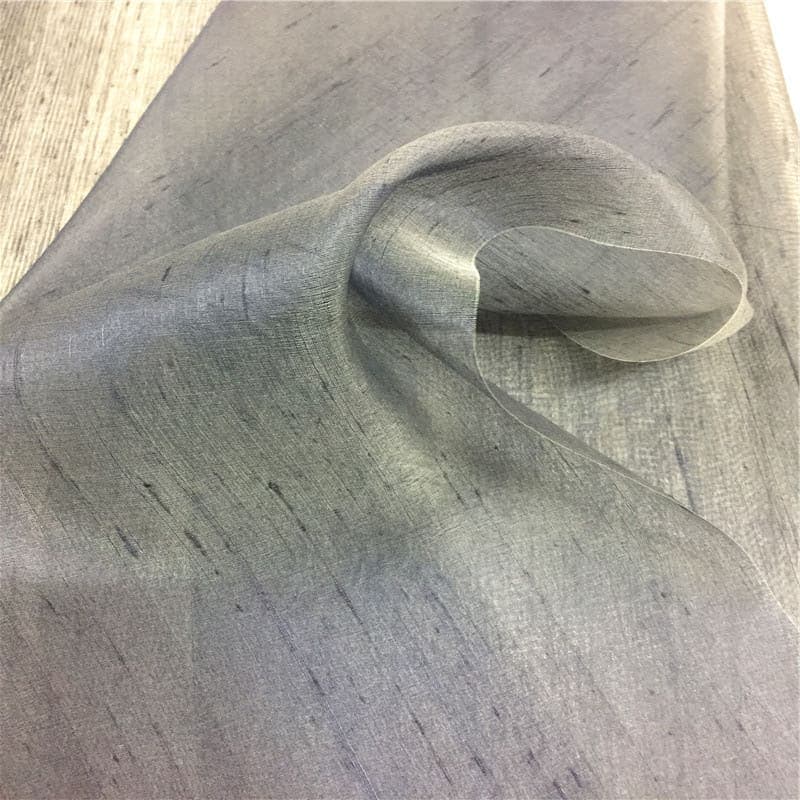
Silk Slub stands out due to its luxurious texture and slightly glossy finish, which adds an upscale touch to any garment. It is particularly favored for crafting elegant blouses, scarves, and formal wear, where its natural sheen and textured depth can fully shine.
Linen Slub
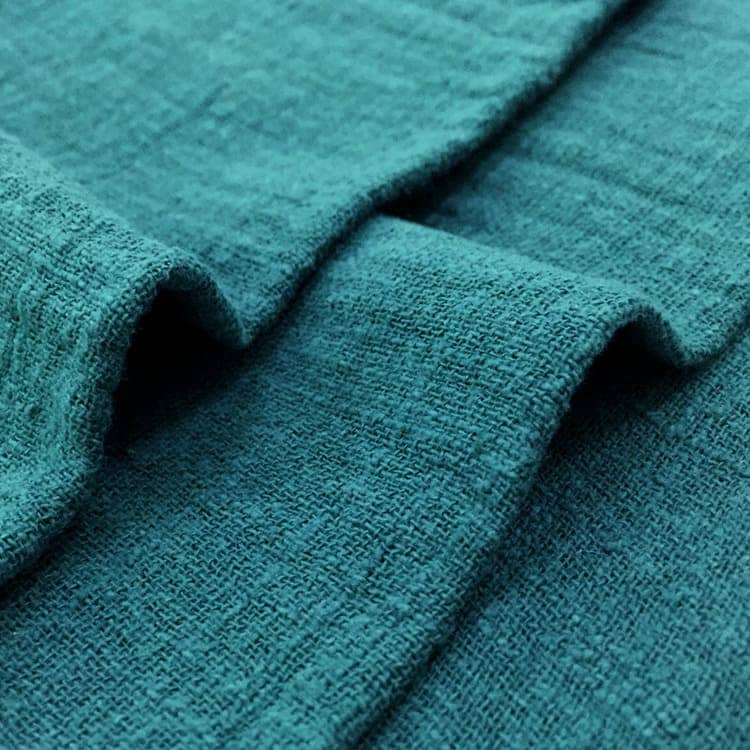
Linen Slub is appreciated for its durability and pronounced texture, providing a stronger and more rustic appearance than cotton or silk. This fabric is ideal for rustic home textiles, breathable summer suits, and shirts that require both comfort and a natural aesthetic.
Rayon Slub
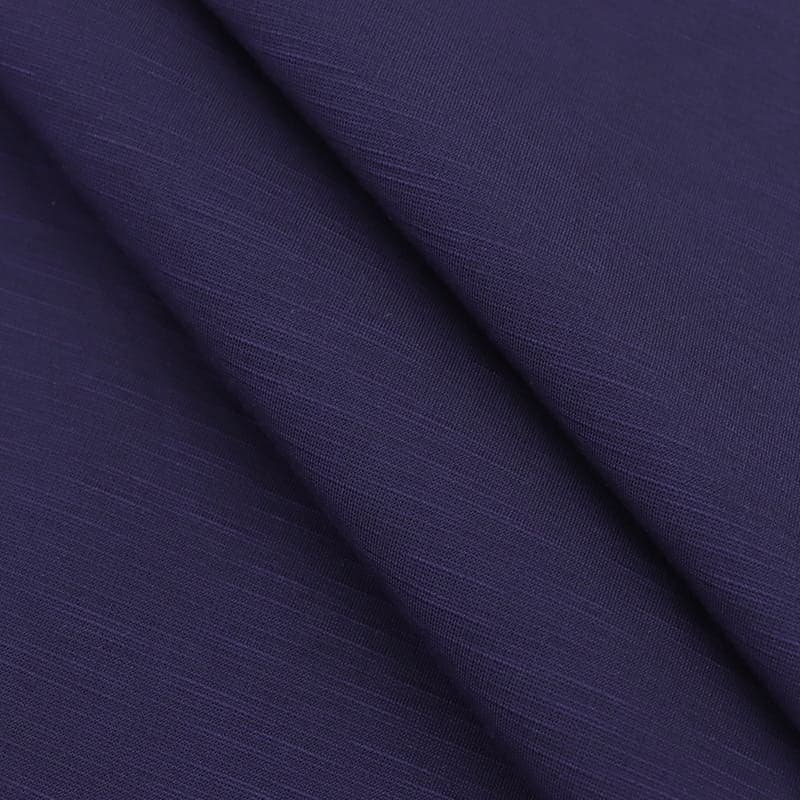
Rayon Slub is known for its smoothness and fluid drape, offering a luxurious feel similar to silk but at a more affordable price point. It is highly absorbent and breathable, which makes it a popular choice for warmer climates. Rayon slub is often used in dresses, blouses, and skirts where a delicate, flowing appearance is desired. Its ability to mimic the texture of natural fibers while providing enhanced durability and moisture management makes it an excellent choice for both high fashion and everyday wear.
Polyester Slub
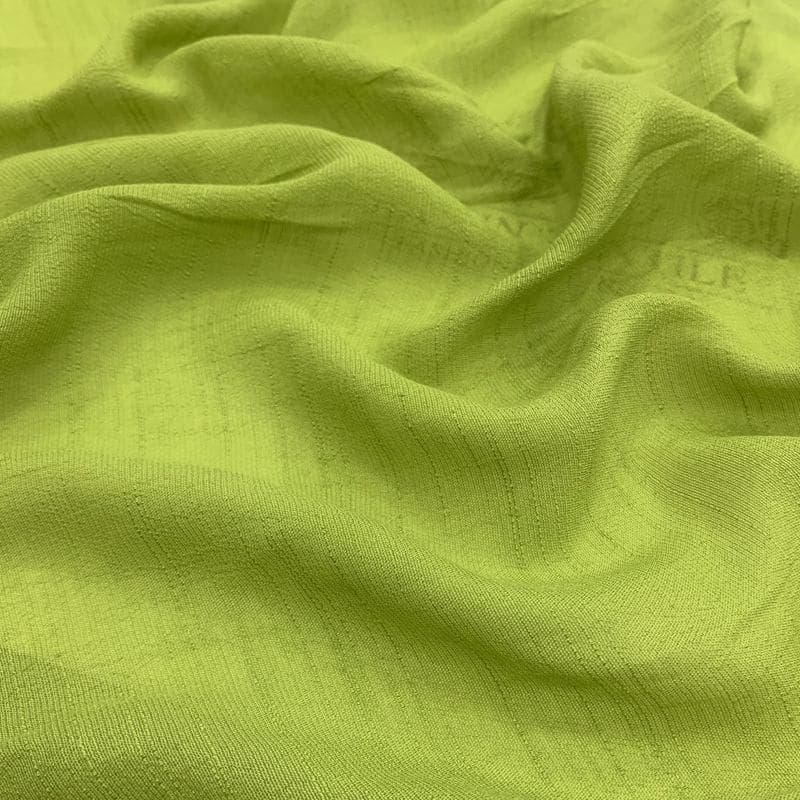
Polyester Slub is valued for its strength and resilience, making it an ideal choice for more durable garments and textiles. Its ability to resist wrinkles and shrinkage, along with its quick-drying properties, makes polyester slub particularly suitable for active wear and outdoor apparel. The fabric’s textured appearance adds visual interest to products that require high performance as well as style, such as sportswear, casual clothing, and accessories that face frequent wear and tear.
Each variant of slub fabric provides unique benefits, enabling designers and manufacturers to select the most suitable type based on the desired properties and applications.
Slub Fabric Applications in Fashion and Textiles
Slub fabric’s versatile nature has made it a favorite in both the fashion industry and home textiles, offering a blend of comfort, aesthetic appeal, and functionality. Here’s how slub fabric is applied across various domains:
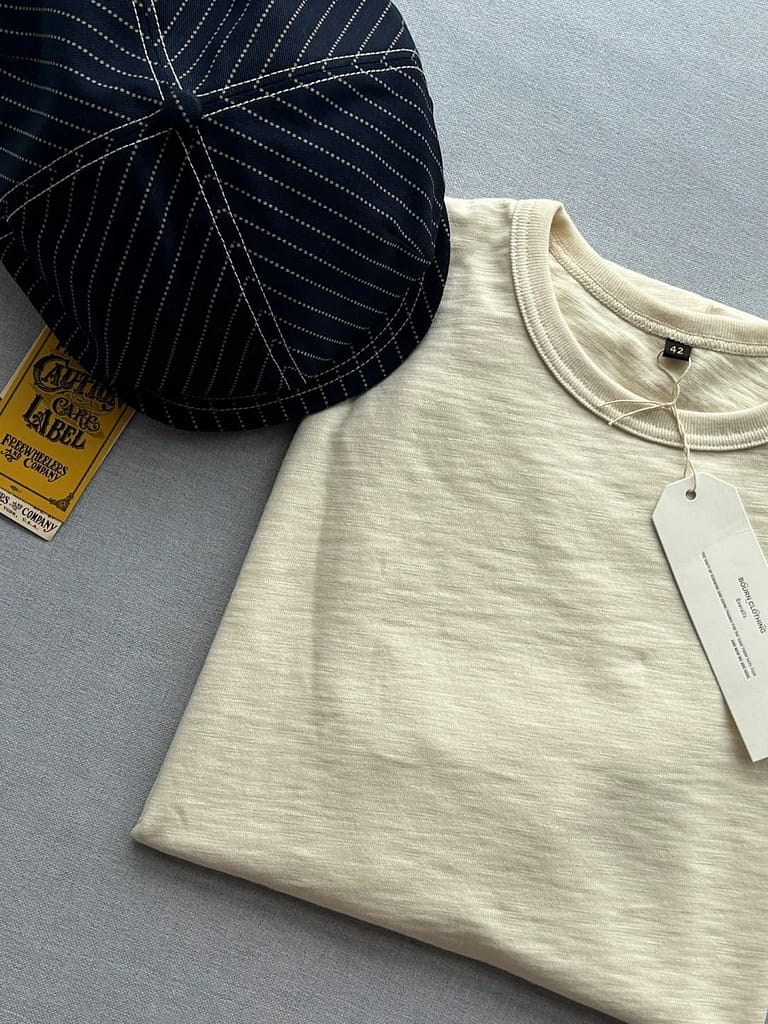
Casual Wear: Slub fabric is extensively used in casual wear, particularly in t-shirts and tops, where its textured look adds an element of interest to simple designs.
Dresses and Skirts: The natural drape of slub fabrics makes them ideal for dresses and skirts that require a flowy, relaxed silhouette.
Outerwear: Lightweight jackets and cardigans made from slub fabric provide comfort without sacrificing style, perfect for transitional weather.
Home Decor:The textured surface of the slub adds a layer of sophistication and style to window treatments, enhancing interior aesthetics with minimal effort.
Upholstery: Durable and attractive, slub fabric is often used in upholstery projects to add a touch of elegance and interest to furniture.
Bedding: For a cozy, inviting look, slub fabric is a popular choice in bedding accessories like duvet covers and decorative throws.
Scarves and Wraps: The lightweight and breathable properties of slub fabrics make them excellent for scarves and wraps, providing warmth without heaviness.
Bags and Purses: Adding a rustic touch to accessories, slub fabric is often used in the design of casual bags and purses that stand out in the market.
Advantages of Slub Fabrics
- Aesthetic Appeal:
- Unique Texture: Slub fabrics provide a visually interesting and tactile texture that adds depth and character to clothing and home textiles.
- Distinctive Look: The irregular patterns and knotty appearance make each piece of fabric unique, offering designers a creative edge.
- Versatility:
- Wide Range of Applications: Slub fabrics can be used in various clothing items like t-shirts, dresses, and blouses, as well as in home décor such as curtains and upholstery.
- Material Diversity: Available in cotton, silk, linen, rayon, polyester, and blends, slub fabrics can be adapted to different needs and preferences.
- Comfort and Breathability:
- Natural Fibers: Slub fabrics made from natural fibers like cotton and linen are highly breathable, making them ideal for warm weather apparel.
- Softness: Especially in cotton and silk slub fabrics, the material is soft against the skin, enhancing wearer comfort.
- Durability:
- Strong Textile: The textured knots in slub fabrics can contribute to their overall strength and durability, making them suitable for frequent wear and use.
Disadvantages of Slub Fabrics
- Inconsistency:
- Variability in Texture: The very nature of slub fabric can lead to inconsistencies in the texture, which might not be suitable for all types of garments or for consumers seeking uniformity.
- Batch Differences: Differences from one production batch to another can be a challenge in maintaining consistency in large-scale garment production.
- Care Requirements:
- Special Care Needed: Depending on the material (especially silk and linen), slub fabrics may require specific washing and handling instructions, which can be inconvenient for everyday use.
- Wrinkling: Some slub fabrics, like those made from linen, are prone to wrinkling, which might require frequent ironing or special care.
- Cost:
- Potentially Higher Price: Due to the specialized production processes and the aesthetic qualities of slub yarns, slub fabrics can sometimes be more expensive than their non-textured counterparts.
- Limited Applications:
- Not Ideal for All Designs: The textured appearance of slub fabric might not be suitable for all types of clothing, particularly those requiring a smooth, uniform finish.
How much does slub fabric cost?
The cost of slub fabric varies depending on the material used and the specific characteristics of the fabric. Here are some general price ranges you might encounter:
- Cotton Slub: Prices for 100% cotton slub fabric generally range from about $9 to $34 per yard. This price variation often depends on the quality of the cotton and the complexity of the slub texture. For purchasing options, you can check Isee Fabric for a variety of cotton slub fabrics.
- Silk Slub: As a more luxurious option, silk slub fabric tends to be priced higher, sometimes reaching up to $50 per yard, reflecting its upscale appearance and feel. For a selection of silk slub fabrics, visit Atlanta Fabrics.
- Synthetic and Blended Slub: Synthetic slub, such as those made from polyester, are usually more affordable, with prices often falling below those of natural fibers. These can vary widely in price, often influenced by the specific blend and the intended use of the fabric.
Whether you’re a designer seeking to add texture to your creations or a consumer looking for comfortable and stylish options, slub fabric provides an excellent choice. For those interested in exploring further or purchasing slub fabric for your next project, consider the range of options available at Valtin Apparel. Here, you’ll find a curated selection of high-quality fabrics that cater to diverse needs and creative visions.
FAQs on Slub Fabric
1. Is slub fabric good?
Yes, slub is highly regarded for its unique texture and visual appeal, making it a popular choice for both fashion and home décor.
2. Is slub fabric for winter or summer?
Slub is versatile and can be used for both winter and summer clothing, depending on the fiber content (e.g., cotton for summer, wool for winter).
3. What is the difference between cotton and slub?
“Slub” refers to the texture of the fabric, characterized by small, raised knots. Cotton is a type of fiber that can be made into slub fabric by creating these textured variations during the spinning process.
4. Does slub cotton shrink?
Yes, like most cotton fabrics, slub cotton can shrink if not washed and dried properly. It’s recommended to use cold water and low heat drying to minimize shrinkage.
5. Is cotton slub stretchy?
Cotton slub typically does not have natural stretch unless blended with elastic fibers like elastane. Its weave can offer some give but is generally not considered stretchy.
6. Is slub cotton thicker?
Slub cotton can vary in thickness, but it generally has a textured surface with variable thickness due to the slub yarns used in weaving or knitting.
7. Is slub 100% cotton?
Slub can be 100% cotton, but it is also available in blends with synthetic fibers like polyester or natural fibers like linen for varied textures and properties.
8. What does slub cotton feel like?
Slub cotton feels textured with a slightly uneven surface due to the slubs. It’s generally soft and comfortable, with a rustic, natural look.
9. Does slub cotton wrinkle?
Yes, slub cotton can wrinkle, similar to traditional cotton fabrics, especially if it’s 100% cotton. Proper care, like hanging or folding promptly after drying, can help reduce wrinkling.



